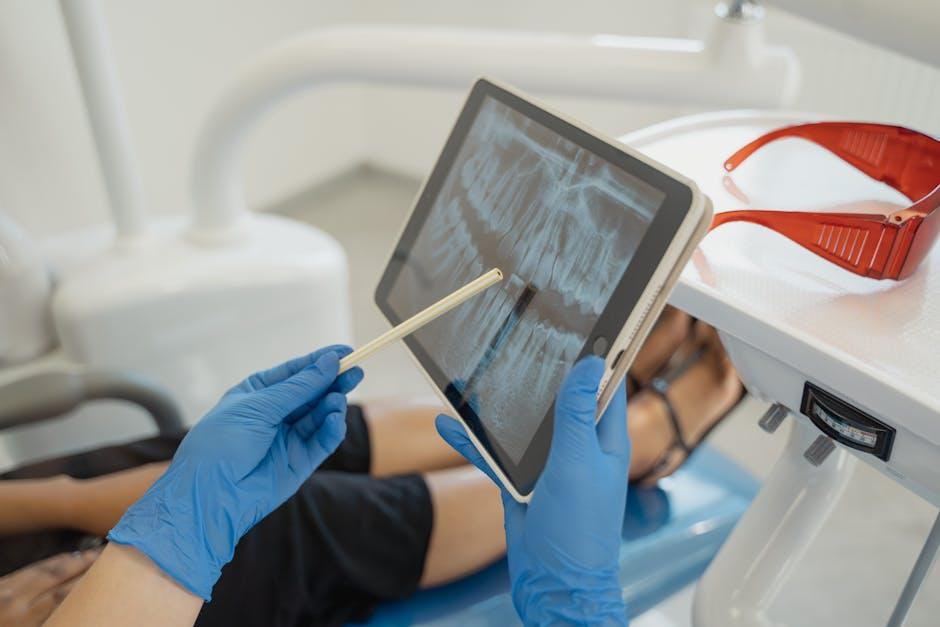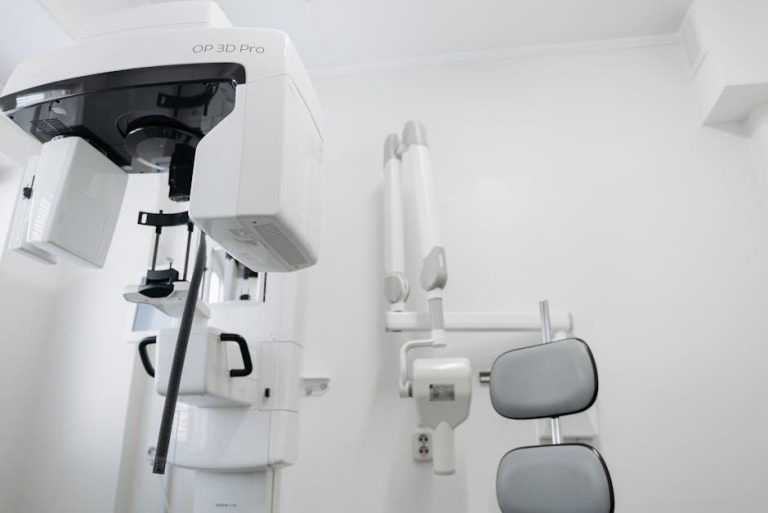
Dental Imaging Tech Boom: AI & 3D Scanners Reshaping the $6B Market – PR Newswire
The dental imaging sector is undergoing a monumental transformation powered by artificial intelligence (AI) and advanced 3D scanning technologies. According to a recent PR Newswire release, the dental imaging technology market is now valued at approximately $6 billion and is on a trajectory of unprecedented growth. This surge is fueled by cutting-edge digital tools that are enhancing diagnostic accuracy, improving patient care, and driving innovation across dental practices worldwide.
The Dental Imaging Industry at a Glance
The dental imaging industry includes a wide range of equipment and technologies used to visualize teeth, bones, and soft tissues inside the mouth. Traditional X-rays have been the backbone of diagnostic imaging for decades; however, the advent of AI and 3D scanning is disrupting the status quo by offering more detailed, faster, and interactive imaging solutions.
| Segment | Market Value (2024) | Growth CAGR (2024–2030) |
|---|---|---|
| AI-powered Software | $1.8B | 22% |
| 3D Dental Scanners | $2.5B | 20% |
| Traditional X-ray Imaging | $1.7B | 4% |
How AI is Revolutionizing Dental Imaging
Artificial intelligence has emerged as a game-changer within dental imaging, fundamentally changing how dentists diagnose and treat oral health conditions.
- Enhanced Diagnostic Precision: AI algorithms analyze dental images with remarkable accuracy, identifying cavities, periodontal disease, and even oral cancers at early stages, often outperforming human evaluators.
- Time Efficiency: Automating the detection process significantly reduces diagnosis time, enabling dentists to focus more on patient care and treatment planning.
- Predictive Analytics: AI can assess patient history and imaging data to forecast potential oral health risks, supporting preventive dentistry initiatives.
Practical AI Applications in Dental Imaging
- Intelligent caries detection through deep learning models
- 3D modeling for implant treatment planning
- Automated bone density assessment for orthodontic analysis
The Rise of 3D Dental Scanners
3D dental scanners are rapidly becoming indispensable diagnostic tools in modern dental clinics. Unlike traditional 2D X-rays, these scanners produce comprehensive 3D models of a patient’s oral cavity, allowing for:
- More accurate treatment planning for implants, crowns, and bridges.
- Improved patient communication through visualized models.
- Increased comfort by eliminating the need for uncomfortable impression materials.
Benefits of 3D Scanners Over Traditional Methods
| Feature | 3D Dental Scanners | Traditional X-rays |
|---|---|---|
| Image Detail | High-resolution 3D models | Flat 2D images |
| Patient Comfort | Non-invasive, no impressions | Invasive with impression trays |
| Speed | Instant digital models | Processing delays |
| Treatment Planning | Interactive & precise | Limited visualization |
Case Study: AI & 3D Tech in Action
Dr. Sarah Jensen, a leading prosthodontist in New York, adopted AI-driven diagnostic software combined with 3D scanners in her clinic in early 2023. Within six months, she reported:
- A 40% increase in diagnostic confidence and treatment accuracy.
- Reduction in patient chair time by 25% due to faster scanning and analysis.
- Higher patient satisfaction scores thanks to interactive 3D visualizations explaining care plans.
This real-world example demonstrates how technology investments translate directly into improved clinical outcomes and business growth.
Benefits & Practical Tips for Dental Practices
As dental imaging tech evolves, practitioners looking to stay competitive can benefit significantly by embracing AI and 3D scanner integration:
- Invest in Training: Ensure staff are well-trained on new imaging software and hardware to maximize clinical use and patient communication.
- Choose Scalable Solutions: Select AI-powered platforms that integrate smoothly with existing practice management systems.
- Highlight Advanced Tech in Marketing: Showcase your technology edge to attract tech-savvy patients seeking the latest in dental care.
- Leverage Data Analytics: Use AI-driven insights for personalized patient care plans and long-term monitoring.
Future Outlook: What’s Next for Dental Imaging?
The dental imaging market is far from reaching maturity. Going forward, experts predict:
- Integration with Tele-dentistry: AI diagnostics enabled remotely to expand access to care.
- Smaller, Portable 3D Scanners: Enabling fieldwork and home care monitoring.
- Enhanced AI Interpretability: Transparent and explainable AI models boosting practitioner trust.
- Cross-platform Data Sharing: Seamless interoperability with other medical imaging and health records.
Conclusion
The $6 billion dental imaging market is currently experiencing a technological renaissance driven by artificial intelligence and 3D scanning innovations. These advancements are redefining dental diagnostics by improving accuracy, enhancing patient comfort, and streamlining workflows. For dental professionals, embracing these technologies is no longer optional but essential to staying ahead in a rapidly evolving healthcare landscape.
By leveraging AI-powered software and next-generation 3D scanners, practices can not only elevate clinical outcomes but also boost patient satisfaction and operational efficiency. As new breakthroughs continue to emerge, the future of dental imaging looks promising — marked by smarter, faster, and more personalized care.
Stay tuned to PR Newswire and industry reports for ongoing updates on the dental imaging tech boom and its impact on dentistry worldwide.


